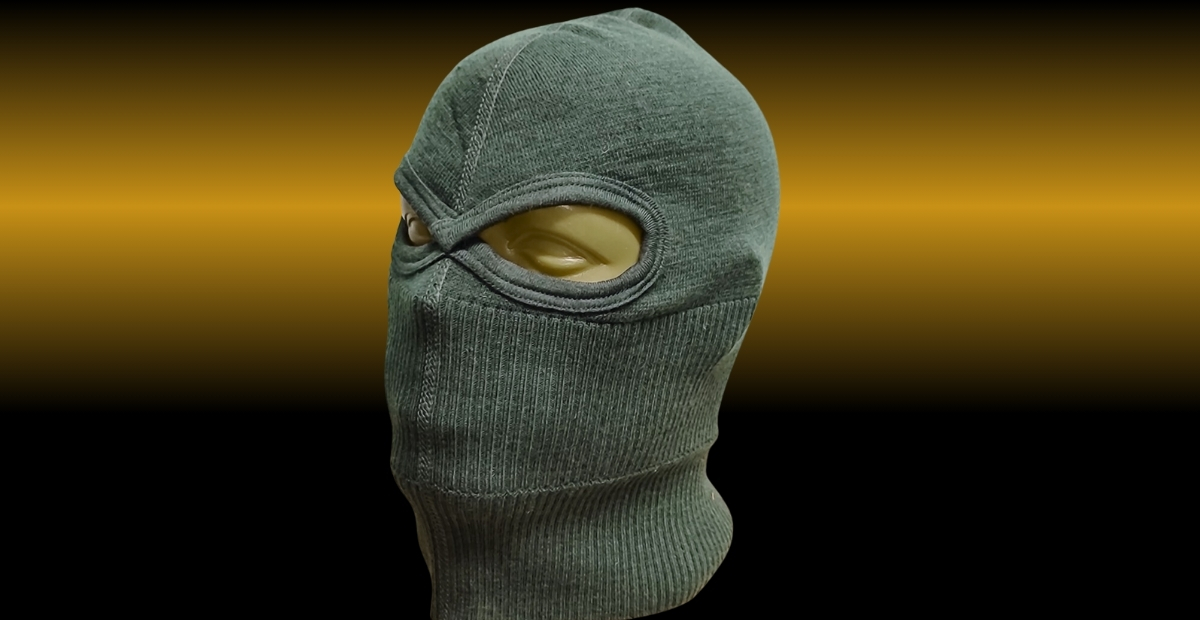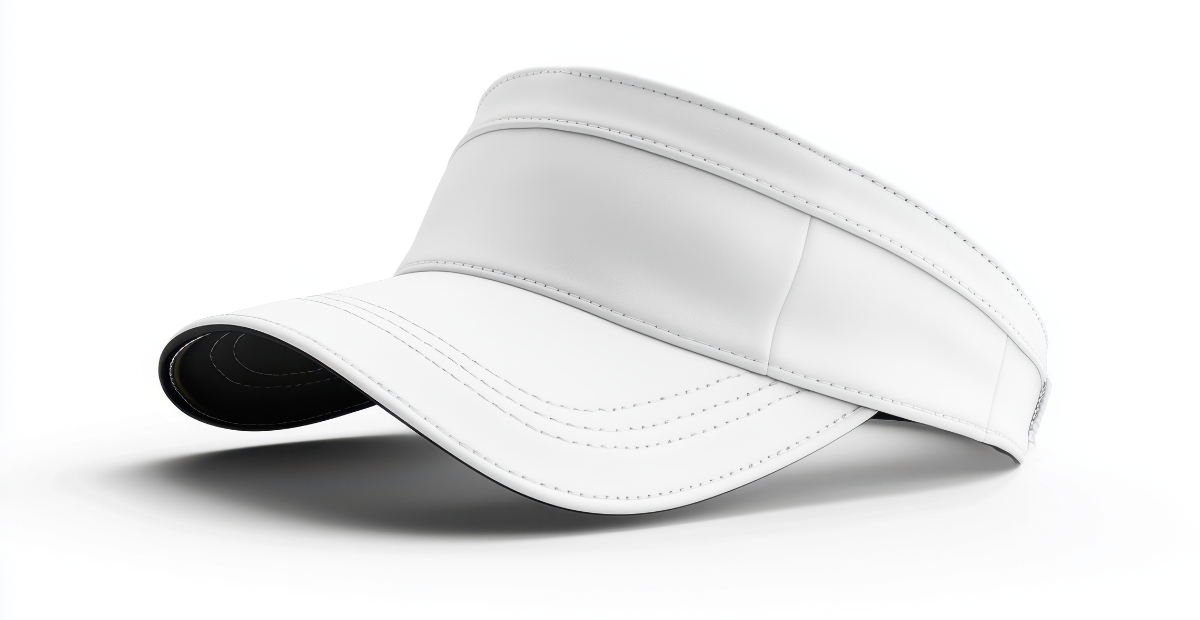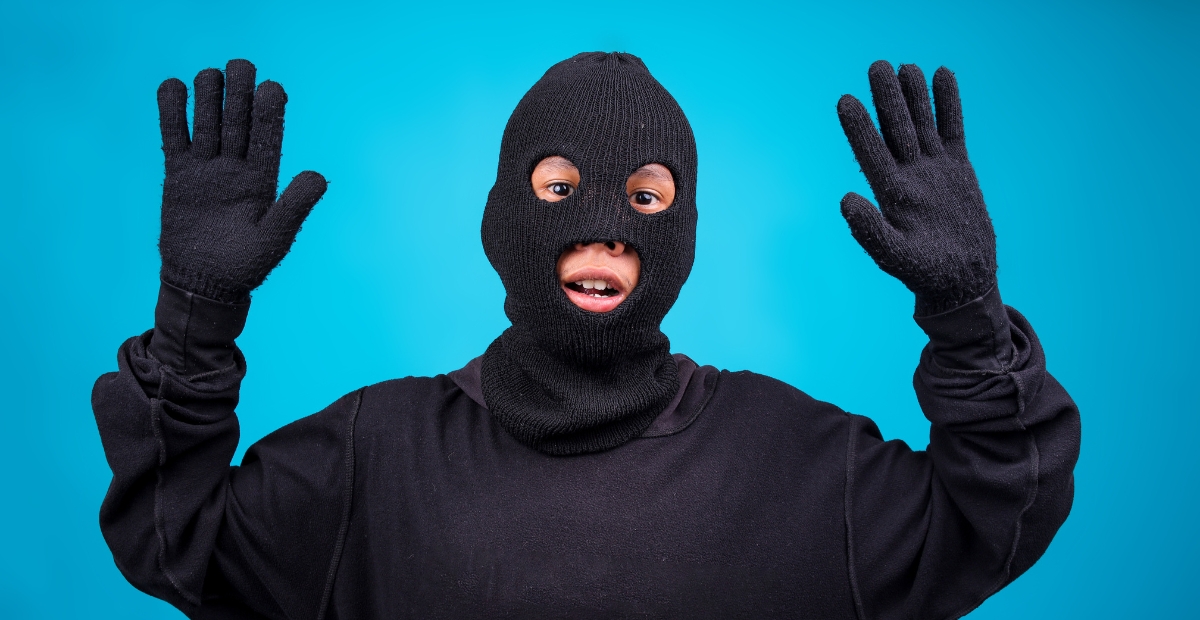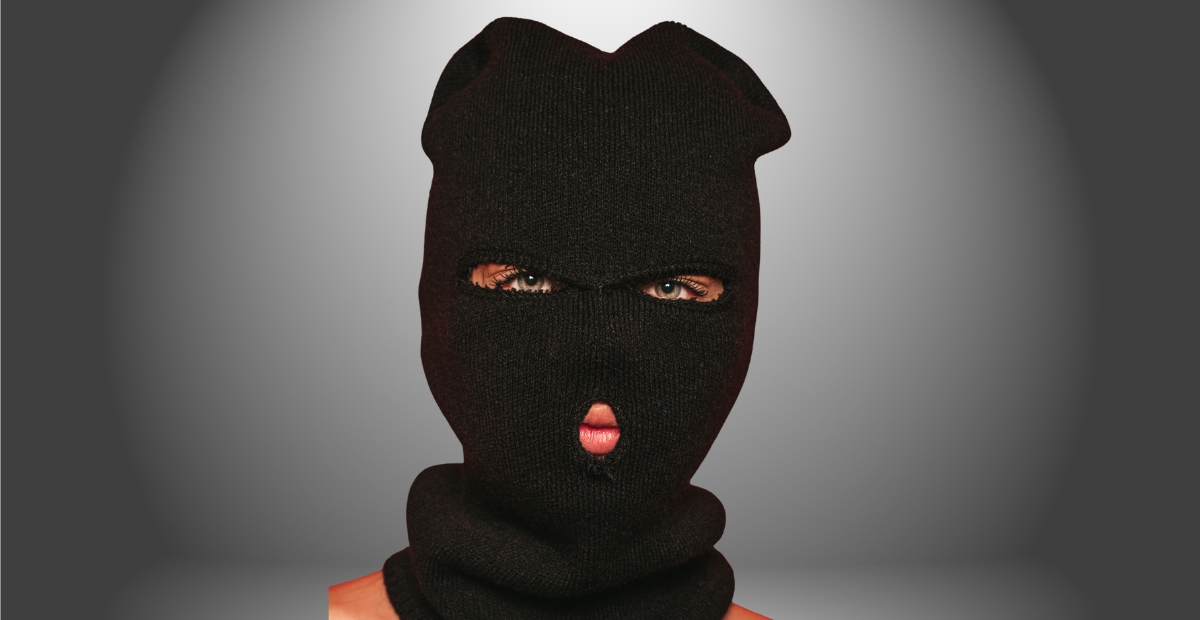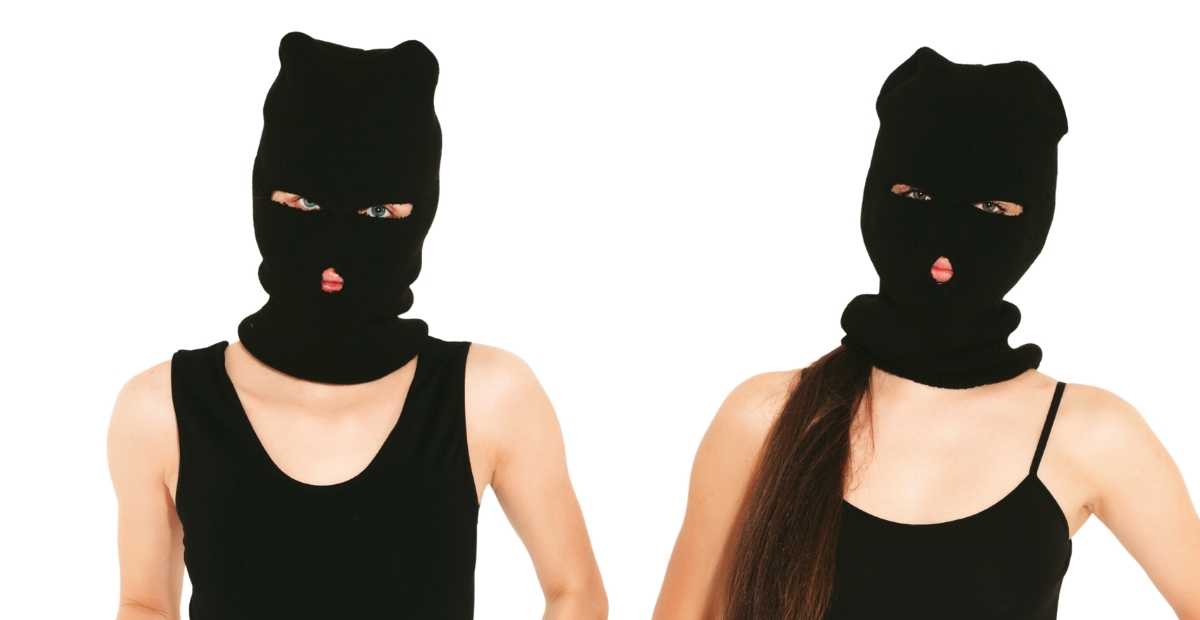A balaclava is a type of clothing that covers most of the face, leaving the eyes, nose, or mouth uncovered. It is popular among people in cold areas, skiers, soldiers, and outdoor adventurers. While it serves a protective purpose, the balaclava is also widely used as a fashion accessory, in sports, and in mainstream culture. Its tight design and complete coverage offers protection against the cold and offers anonymity when necessary.
Table of contents
The Russian Connection: Where the Name Comes From
The curiosity of many people is if the term “balaclava” is Russian. The short answer is “partially.” The term is related to the town of Balaklava that is in Crimea, which was under the Russian Empire in the mid-19th century. Although it is connected to Russian history, it has been adapted into the English language and used in reference to the town.
The Name’s Origin
The name “balaclava” was coined during the Crimean War (1853–1856). While sitting in snow and frost bite conditions in Crimea, British soldiers used knit head coverings. Townsfolk and soldiers sustained battles in a town called Balaklava. Gradually, the name “balaclava” became associated with the headgear.
Global Reach
The “balaclava” was popularized in the English language post-Crimean War. War traveling soldiers and tourists engrossed in tales of the war spread the knitted mask and balaclava name worldwide. The name balaclava and variations of it are used in many languages today. In Russia, it is called a “balaklava,” similar to the name of the town.
The Difference Between a Balaclava and a Ski Mask
In the United States and a few other regions of the world, people consider a balaclava to be a ski mask. A ski mask is used in winter sports, but a balaclava has many other uses including military and tactical uses. The terms are used interchangeably in conversation which is why it can be confusing.
Current Uses of the Balaclava
These days, the balaclava serves many more functions than just a practical piece of clothing. It has crossed over into the realm of fashion, appearing in collections of streetwear and high-end clothing as well as being used in extreme sports and winter activities. People also wear balaclavas in protests when they wish to remain anonymous. The word “balaclava” has retained its historical and practical uses as the garment is still used all over the world.
Cultural References and Fashion Trends
Mr:Balaclavas have made their way into films and music videos and onto the runways of fashion shows. They carry an air of intrigue, cloaking the face of the person wearing one and, in some instances, even suggesting an act of defiance. The old-fashioned knitted pattern has been updated by designers using an array of materials, textures, and even colors. Because of these developments, the word “balaclava” has remained a part of common conversation.
Conclusion:
From a Russian town and a historic war, the term “balaclava” has made its way into modern fashion and most people do not even realize it. From the formal wear of the 1800s to the street style of the 21st century, the balaclava has remained practical and symbolically tied to a culture.
FAQs
A1: The term comes from the town of Balaklava in Crimea, which was part of the Russian Empire, but the word itself is English.
A2: A ski mask is mainly for winter sports, while a balaclava has broader uses, including military, tactical, and fashion purposes.
A3: The name comes from the Crimean town of Balaklava, linked to the soldiers’ headgear during the Crimean War.

